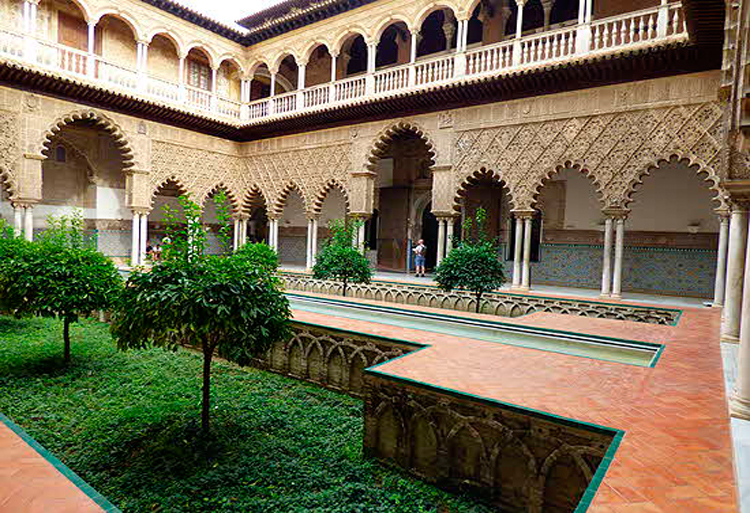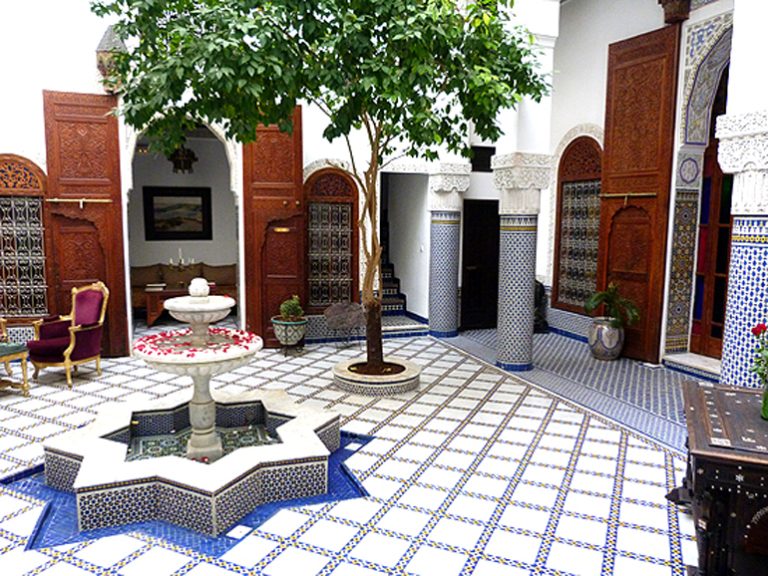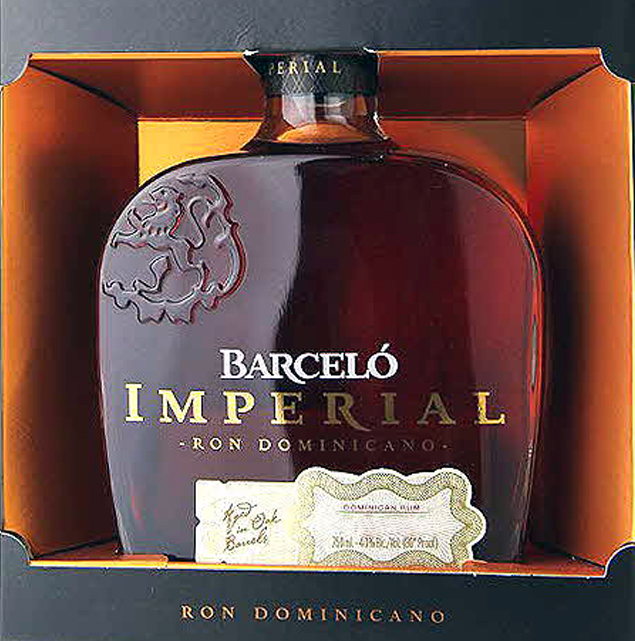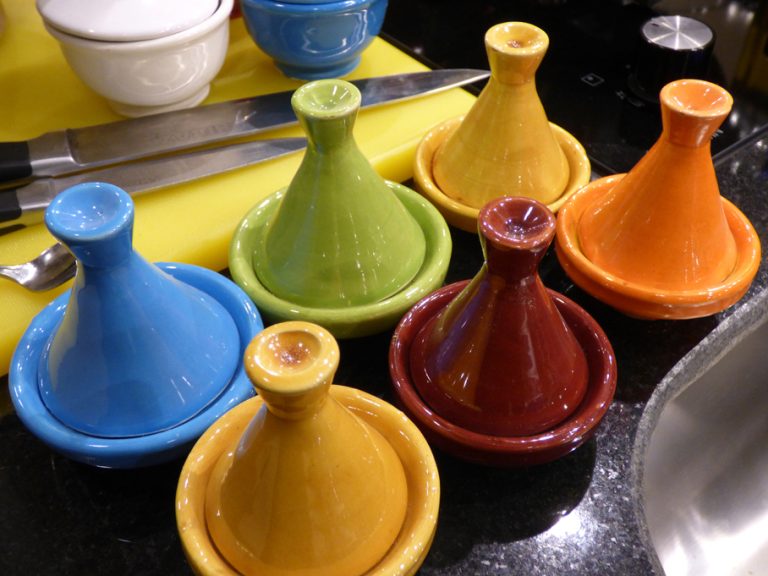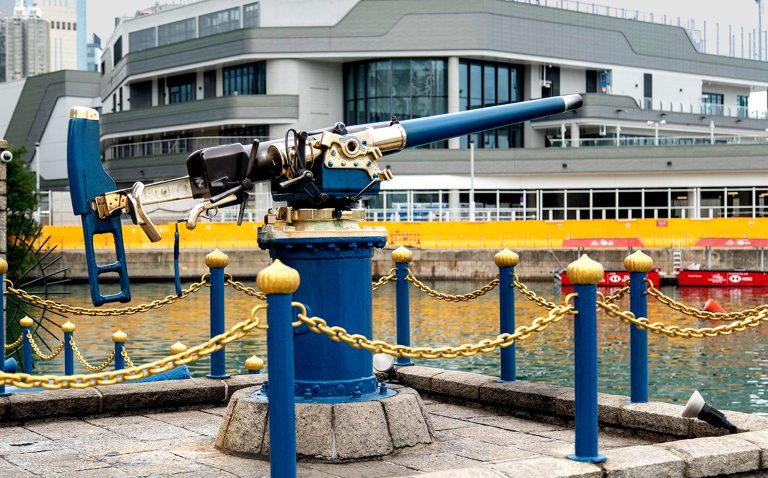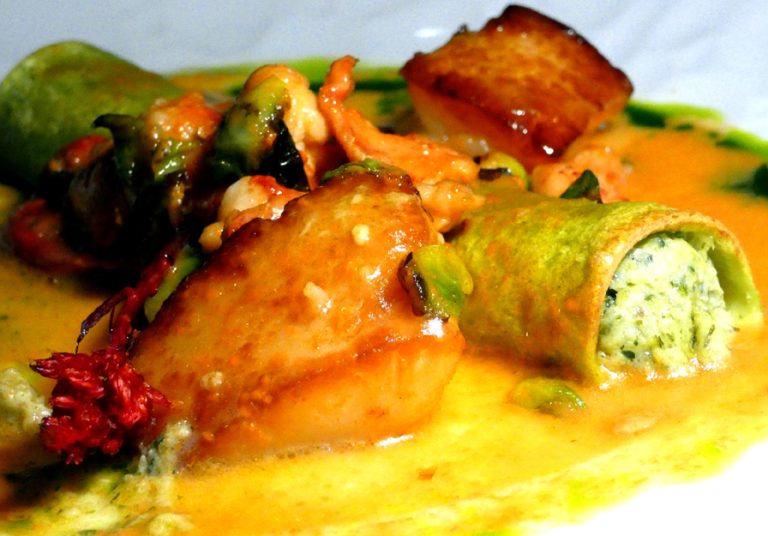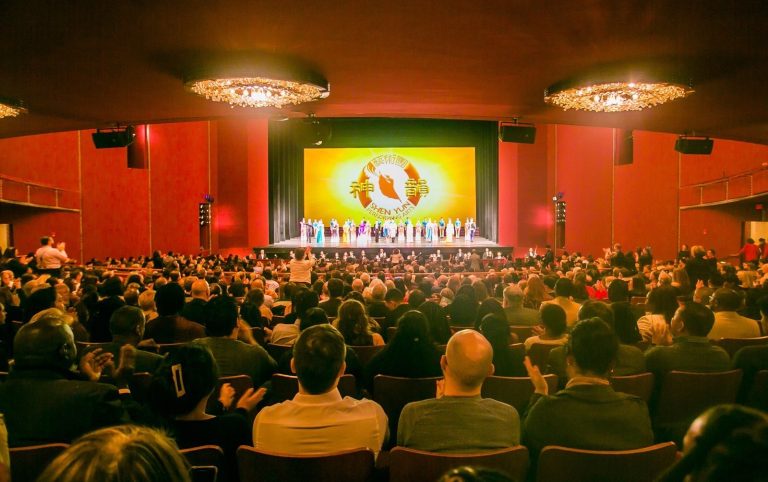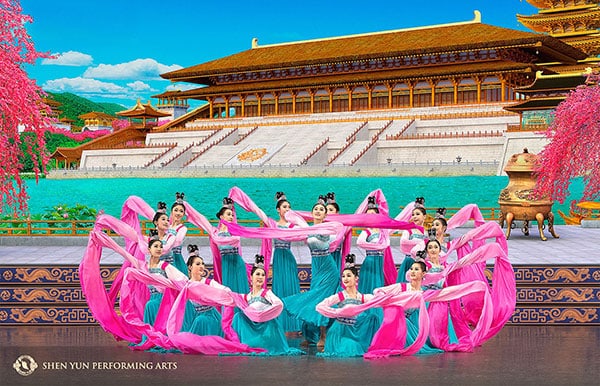Published with permission from LuxuryWeb.com
Nestled in the southern realm of the Iberian Peninsula — flanked by the shores of the Mediterranean Sea and the Atlantic Ocean — is Spain’s sprawling autonomous region of Andalucía. The region is world-famous for its contributions such as Flamenco, Bullfighting, and a unique blend of Moorish architecture and arts—a heritage forged during an 800-year reign by North African Muslim tribes.
Andalucía’s culinary offerings, with its notable wines, olives, olive oil, Iberico ham, and cured pork delights, are also celebrated globally.
Between the historic cities of Seville to the west, Malaga to the south, Córdoba to the north, and Granada to the east, lies Andalucía’s pulsating heart. Here, towns perch on rugged hillsides, fiercely preserving their history and traditions.
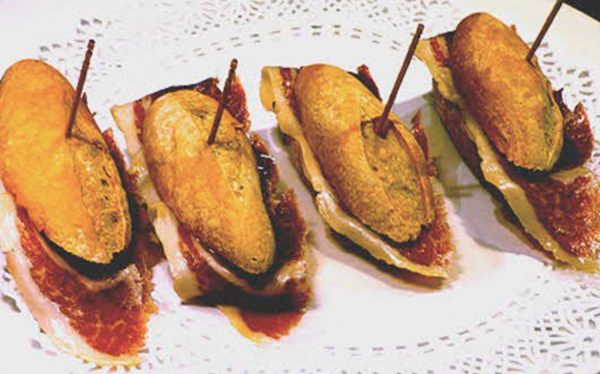
My deep-seated affection for Andalucía took root in the late 1950s. It was then that I was first enchanted by Andrés Segovia’s rendition of Enrique Granados’ Danzas Españolas on the guitar, followed by Arthur Rubinstein’s performance of Manuel de Falla’s Noches en los Jardines de España. Since then, I’ve dreamt of wandering through Andalucía, especially visiting the magical gardens depicted in de Falla’s piece: the Palacio de Generalife in Alhambra, an enigmatic distant garden of exotic dance, and Los Jardines de la Sierra de Córdoba.
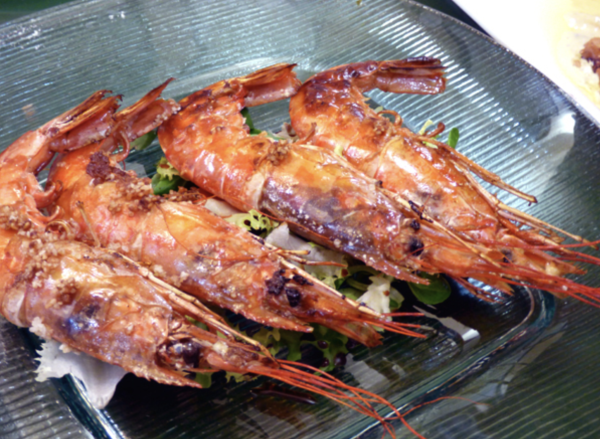
A realm of tapas and vintage wines
Success
You are now signed up for our newsletter
Success
Check your email to complete sign up
The golden era of complimentary tapas in Andalucía has faded. The familiar bread-based tapas of my earlier Spanish adventures have largely made way for charcuterie or petite culinary delights, most now bearing a price tag.
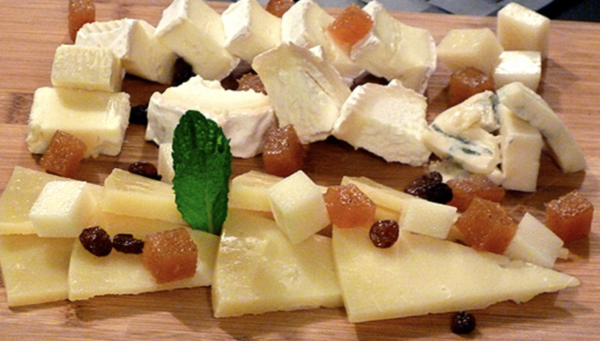
Tapas can be chilled delights like mixed olives, tortilla Española, cheese slices paired with quince paste, or jamón and sausage cuts, or perhaps even canned fish. They could also be warm dishes like “albóndigas” — petite meatballs drenched in sauce, or “gambas al ajillo” — prawns sizzling in garlic-infused olive oil spiced with chili. Especially in Spain’s larger towns, tapas have matured into a refined regional delicacy.
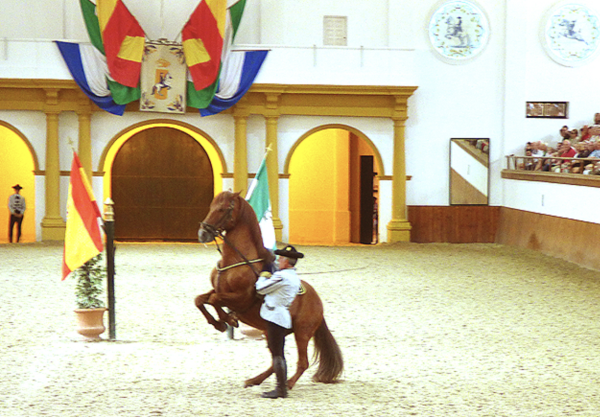
Bullfighting and graceful equines
Flamenco, with its passionate rhythm and spirited moves, has captured hearts globally. Yet, how deeply do we understand Andalucía? During our visit, coinciding with the annual flamenco festival, we explored the region’s small towns, aided by Spain’s Tourism Office.
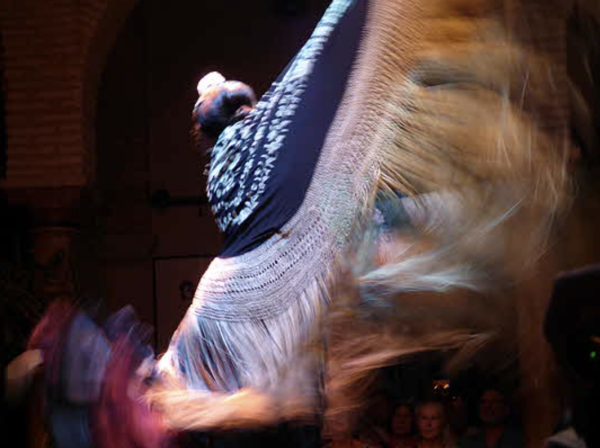
For aficionados, Seville is the epicenter of Flamenco. Our journey began at the Museum of Flamenco, where we delved into the seven primary styles of this dance form. A performance at the museum’s theater left us in awe, witnessing the harmonious synergy between the singers, guitarists, and dancers.
A tapestry of warmth and tradition
The Iberian Peninsula, with its rich past, bears the imprints of diverse civilizations. The Moors, in their time, transformed the land, calling it “Al-Andaluz,” with Córdoba shining as a beacon of culture and affluence. The fusion of East and West in Andalucía gave rise to a vibrant blend of Gypsy, Jewish, Moorish, and Christian cultures. This mosaic thrived in harmony for nearly eight centuries, achieving unparalleled milestones in arts and sciences.

The Moorish legacy is epitomized by architectural marvels like the Alcázar in Seville. Their penchant for ornate courtyards adorned with lush gardens, fountains, and intricate tiles still takes one’s breath away.
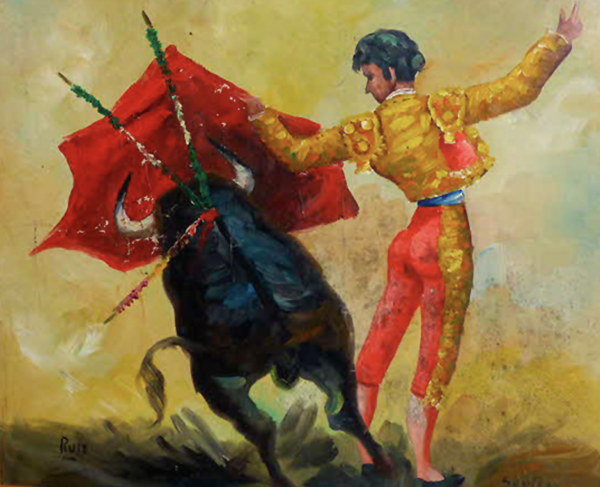
From veneration to art: The journey of the bull.
Bullfighting in Andalucía is more than a spectacle; it symbolizes the eternal dance of death and rebirth, of man’s triumph over nature’s raw might.
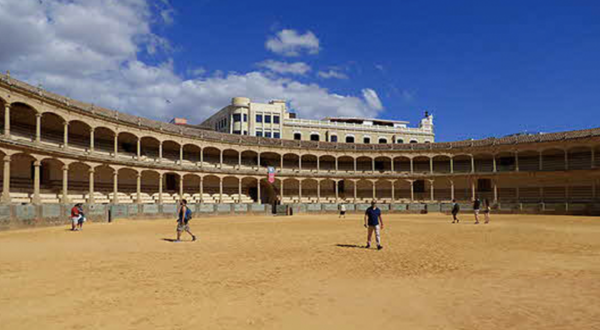
For insights into the heritage of bullfighting, Ronda’s Plaza de Toros is a must-visit. Ronda, with its rich tapestry of history, is a stone’s throw from Seville and an essential stop for those keen on understanding Andalucía’s deep-rooted traditions.
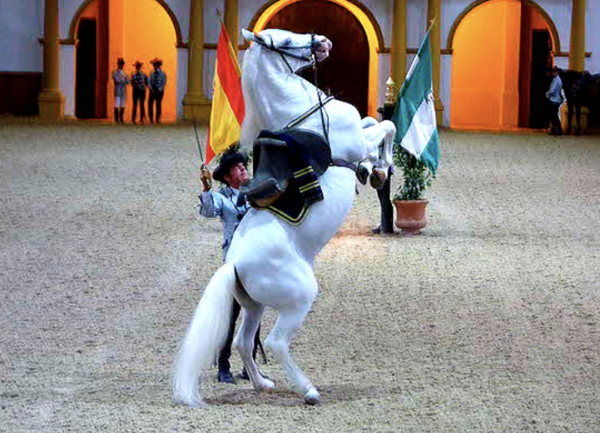
At the Royal Andalucían School of Equestrian Art Foundation, the age-old bond between man and horse is celebrated. This institution honors Andalucía’s equestrian heritage, with performances that depict the seamless unity of horse and rider.
For an in-depth exploration, visit the Tourism Office of Spain or the Tourist Board of Andalucía.
Visit LuxuryWeb.com to see the original article, and more.



